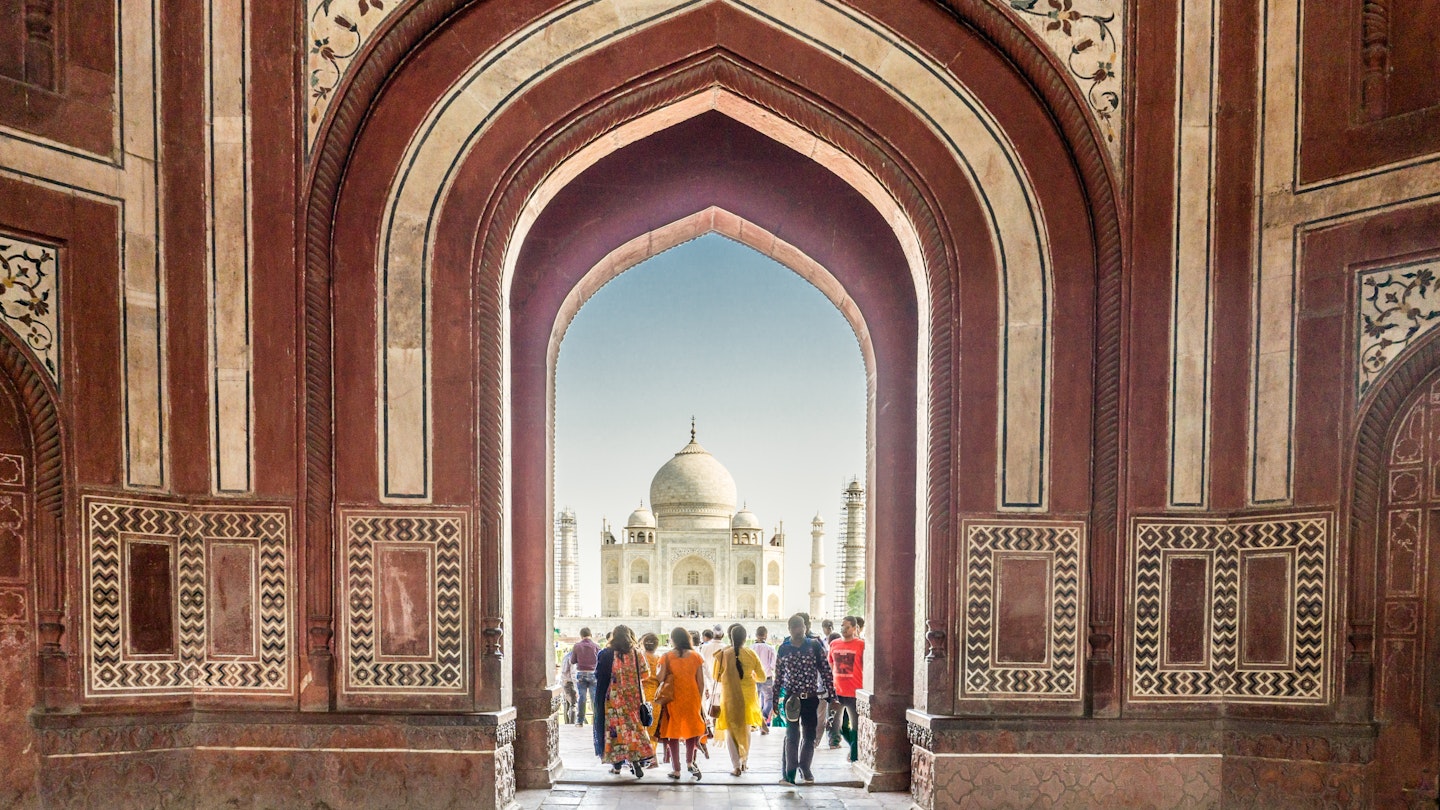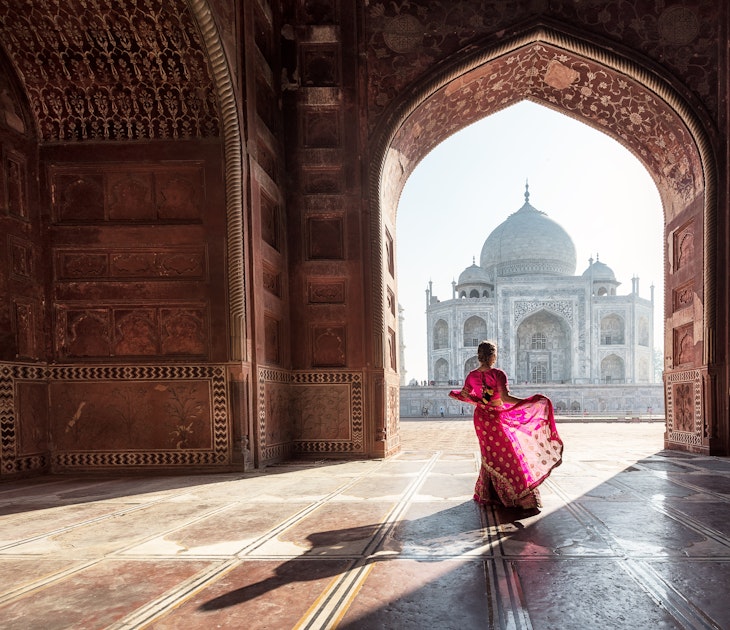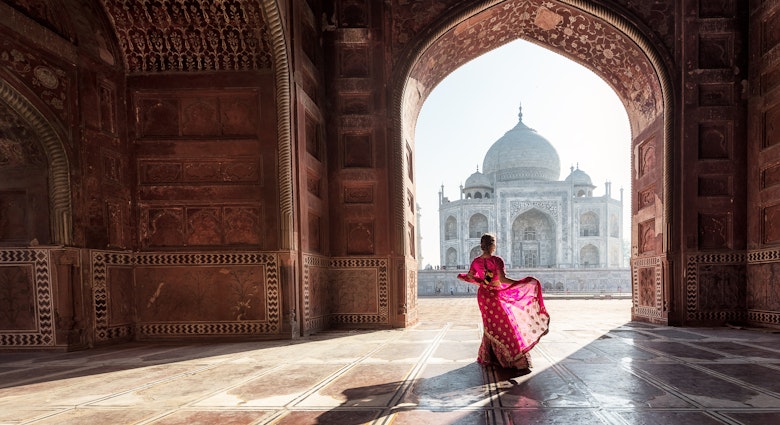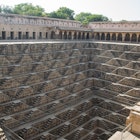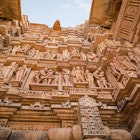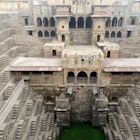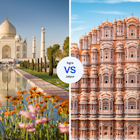Throughout the pages of history, the Indian subcontinent has witnessed the rise and fall of some of the world’s largest empires, but no dynasty stands out quite like the Mughals. Originally hailing from the area that is now Uzbekistan, the empire founded by Babur moved across India like a desert wind in the 17th century, sweeping aside all resistance, and leaving an indelible mark on India’s culture, architecture and psyche.
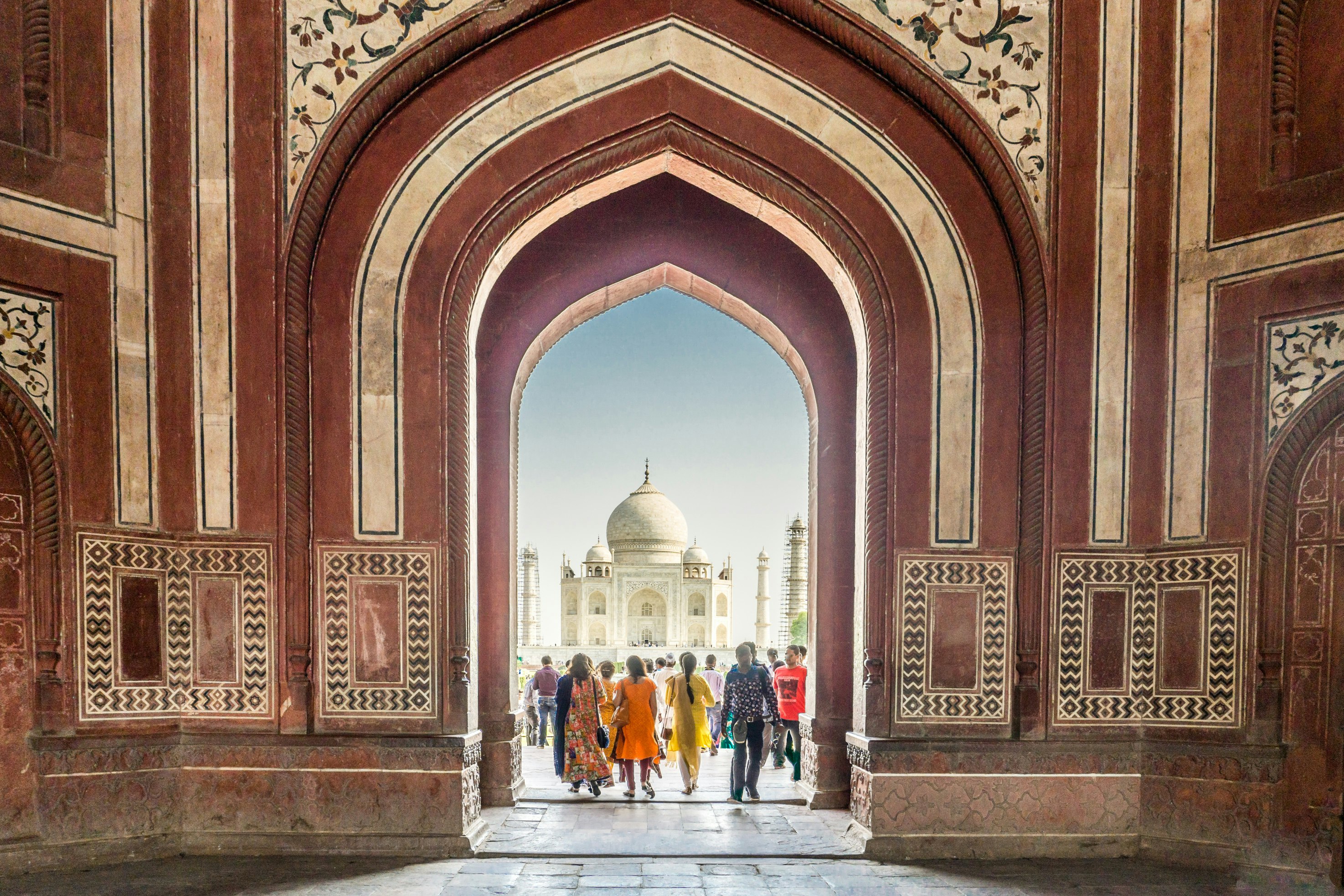
Many of the most iconic features of modern India – romantic forts and palaces, ornate arches and onion domes, the Taj Mahal, the Red Fort – were erected by the Mughals as they extended their reach across the subcontinent. At times, the empire’s rulers were ruthless, even merciless, as many opposing armies and faiths found to their cost. But they were also highly cultured, and enthusiastic patrons of music, poetry and the arts, ushering in an era of economic prosperity for the subcontinent.
For a glimpse of the grandeur and enduring architecture of Mughal India, set your sights on the following Indian monuments.

The timeless majesty of the Taj
No monument conjures up the drama of Mughal India quite like Agra’s Taj Mahal. Raised by the emperor Shah Jahan in 1632 for his beloved wife, Mumtaz Mahal, the mausoleum is often celebrated as the greatest monument built for love, but it also stands as a statement to the power of the emperor, who instructed the empire’s finest architects and craftsmen to build a memorial that would endure through the centuries. It certainly worked; the architectural perfection of this white marble masterpiece still takes the breath away, undiminished by the vast crowds of sightseers who swarm over its inlaid terraces.
Getting there: The Taj Mahal has pride of place in the central city of Agra, easily accessible by plane, train or bus from Delhi. Stay in Taj Ganj and you may even snatch a glimpse of the Taj from the hotel rooftop.
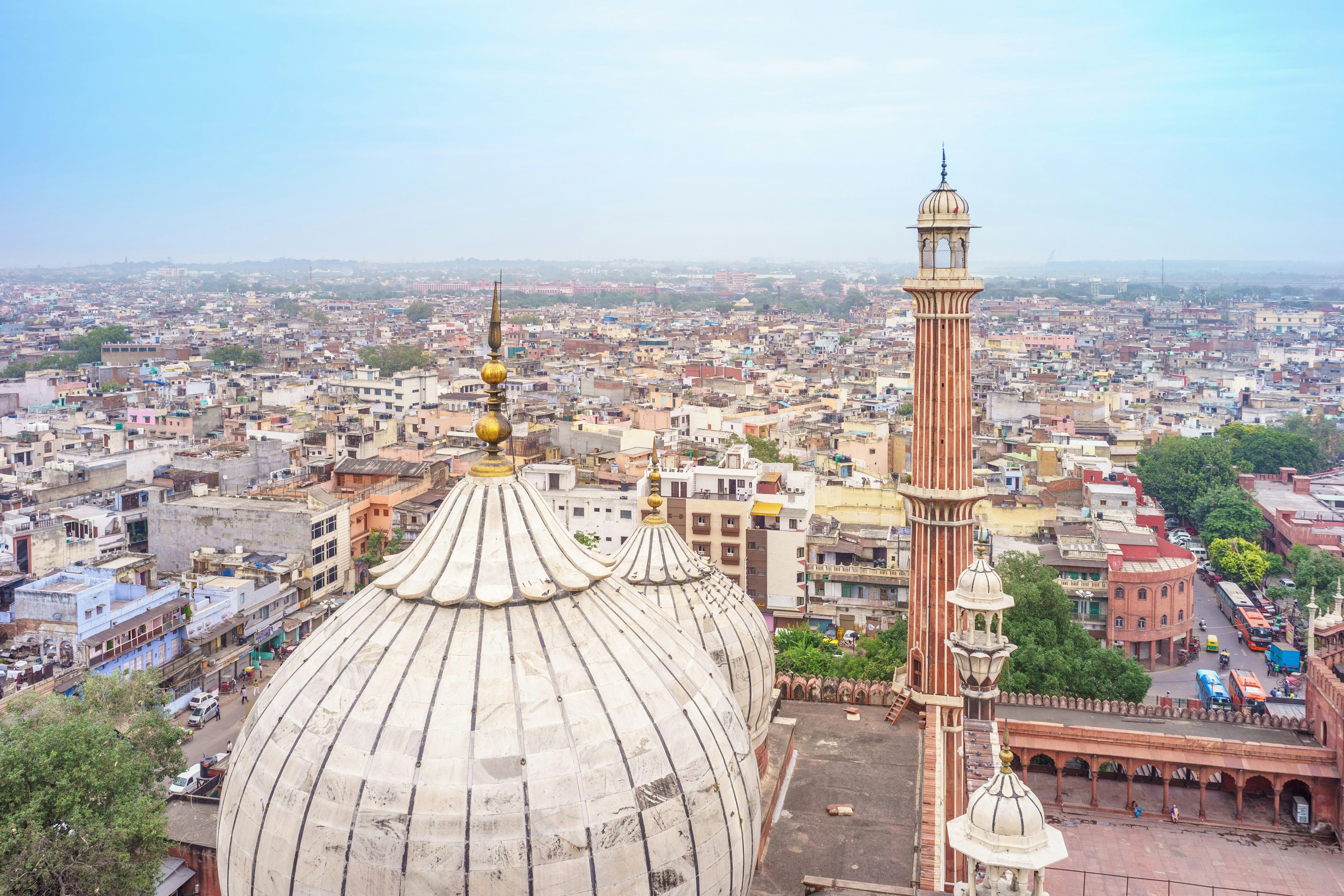
Delhi’s forts, minarets and manic market streets
Delhi was where the Mughals laid the foundation stone of their empire, seizing the city from Ibrahim Lodhi in 1526, and also where the last Mughal emperor, Bahadur Shah Zafar, took refuge in the tomb of his ancestor, Humayun, in 1857, as the British cemented their position as the new empire in town.
Most of Old Delhi is a Mughal construction, from the towering walls of the Red Fort, bookending the medieval Chandni Chowk bazaar, to the magnificent, sandstone-striped Jama Masjid, Shah Jahan’s most perfect mosque. To really get a feel for the Mughal city, climb the southern minaret and watch paper kites fluttering over the rooftops, then ride an autorickshaw south to the tomb of Humayun, and wander serenely through the magnificently restored Sunder Nursery gardens.
Getting there: Delhi’s Indira Gandhi International Airport is India’s busiest air hub, served by flights from all over the world. Domestic flights, train lines and bus routes rumble to every corner of India.
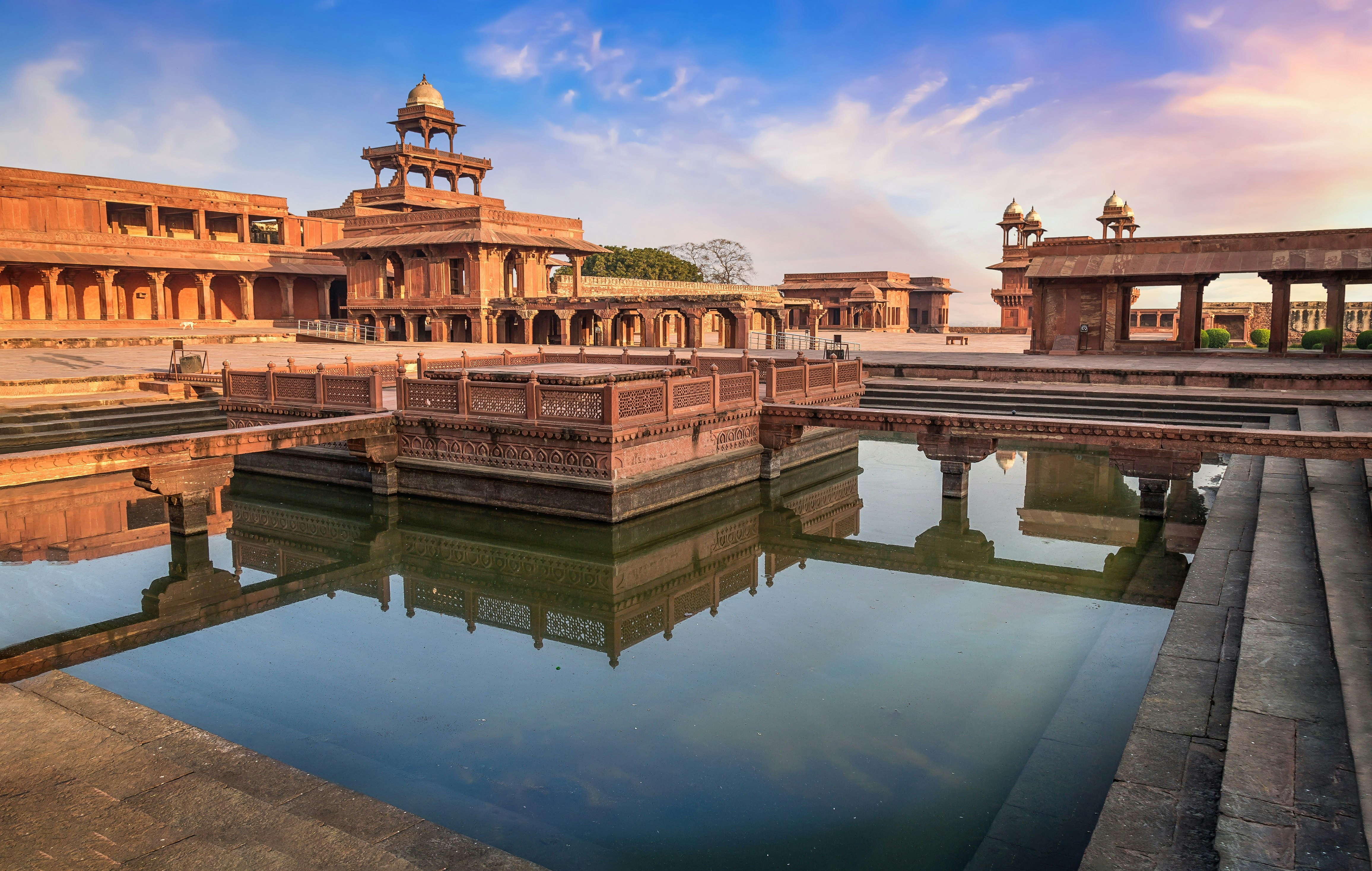
The forgotten city of Fatehpur Sikri
During the Mughal period, the capital of India bounced around the country as successive emperors embarked on lavish vanity projects to create the grandest city ever seen, often in completely impractical locations. At Fatehpur Sikri, near Agra, the problem was water.
The emperor Akbar insisted on building a new imperial city to mark his glories in battle, but even the best intentions of his stonemasons and architects couldn’t beat the elements. After just 14 years, the whole city – with its mosques, filigree palaces and grand meeting chambers where the cultured emperor would consult with advisors from the conquered population – was abandoned to the winds. Today, it is swoon-inducingly atmospheric: a magnificent sprawl of time-sundered sandstone walls and delicate, perforated screens and windows that could have been carved yesterday.
Getting there: Fatehpur Sikri is an easy detour from Agra, with buses leaving regularly from Igdah Bus Stand from sunrise to sunset. Alternatively, you can buy a second class train ticket, for a crowded but atmospheric taste of how most of India travels.
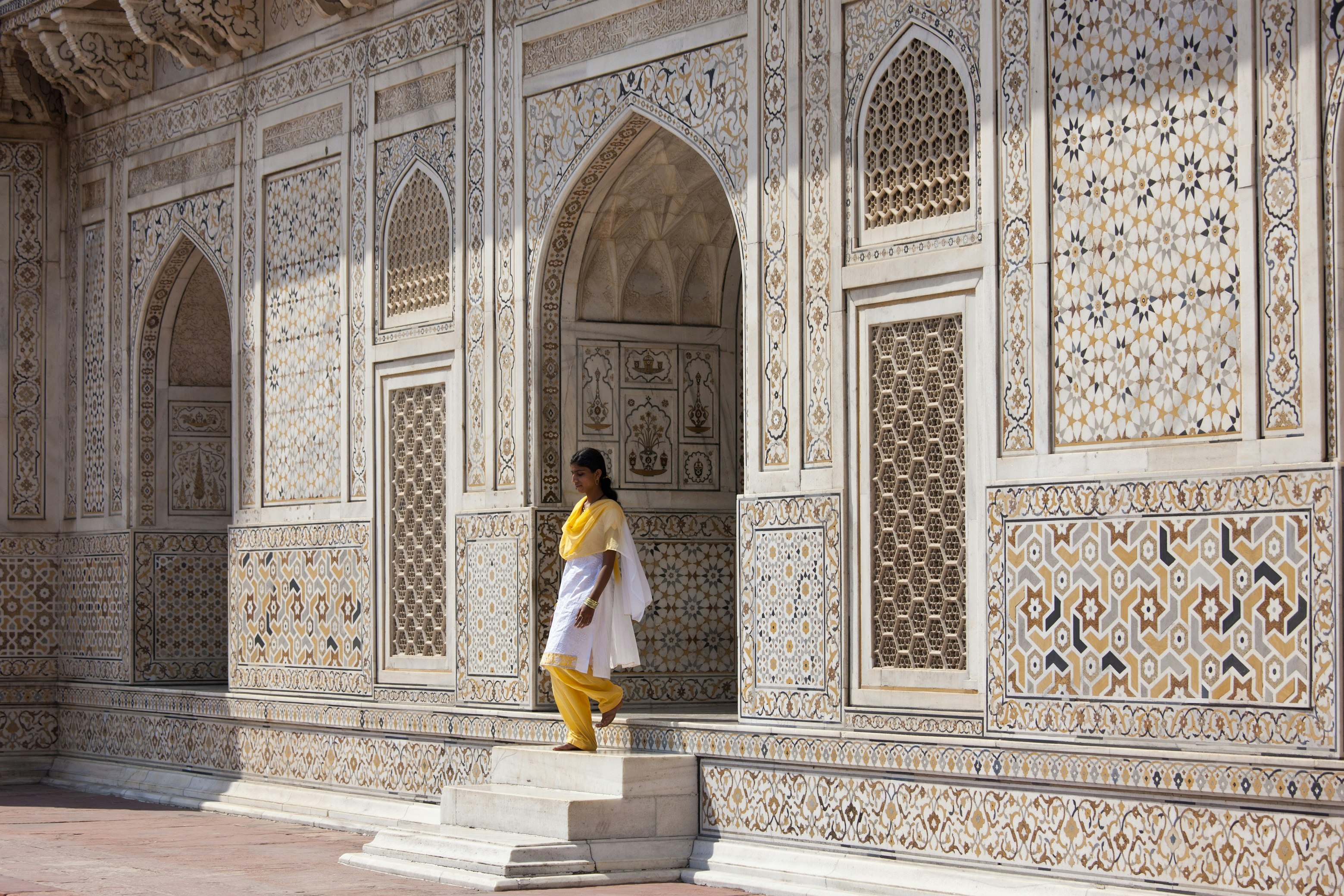
Itmad-ud-Daulah, Agra’s other Mughal mausoleum
Throughout the Mughal period, architects strived to perfect the Islamic mausoleum; the Taj is almost certainly where they hit the nail on the head, but many other grand Mughal tombs riff on the same theme. Humayun’s tomb in Delhi comes a close second in the grandeur stakes, but an often-overlooked splendour is the tomb of Itmad-ud-Daulah in Agra, a delicate jewel box in white marble, built for Mirza Ghiyas Beg, grandfather of Mumtaz Mahal, in 1628.
Where the Taj is tall and extravagant, Itmad-ud-Daulah is subtle and sophisticated, its graceful corner minarets only slightly taller than the surrounding trees. Up close, the pietra dura inlays on its walls reveal a garden of heaven on earth, executed using thousands of hand-chiselled semi-precious stones.
Getting there: To reach Itmad-ud-Daulah, take a cycle rickshaw from Taj Ganj, also stopping by the 17th-century Chini-ka-Rauza, tomb of the poet Afzal Khan, and the Mehtab Bagh Islamic gardens.
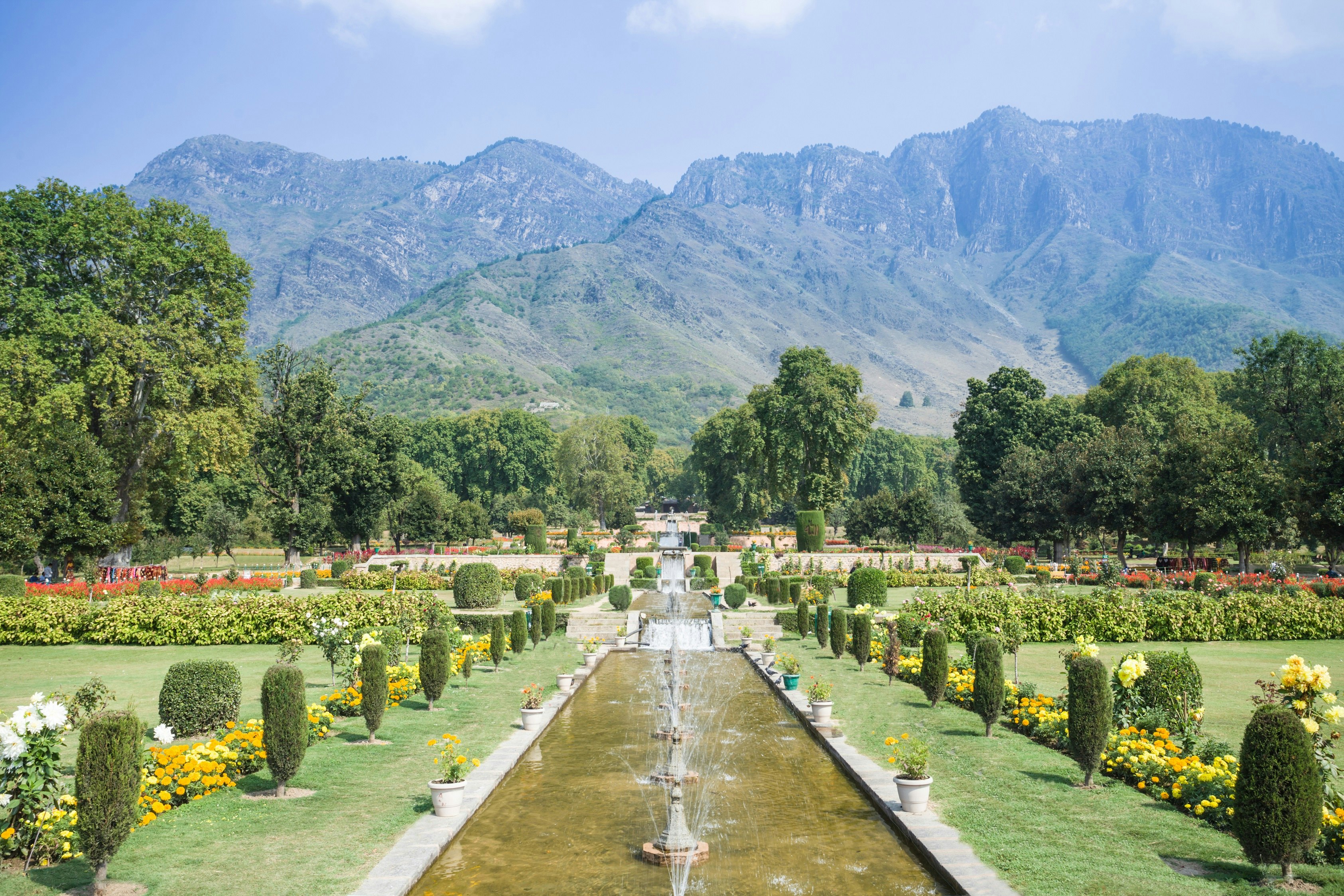
The Mughal gardens of Srinagar
Modelled on the Char Bagh (the four gardens of heaven), the formal gardens created by the Mughals were designed to bring a taste of celestial perfection to earth in the form of filigree pavilions, trickling water features and fountains, elegant arcades of trees and perfumed floral beds. It was in these gardens that emperors took refuge from the horrors of war, and also where they gathered their thoughts before embarking on the next campaign.
Srinagar, the troubled capital of Jammu & Kashmir, is where the art form reached its zenith, with a string of graceful gardens spilling from the hills towards the mirrored surface of Dal lake. Shalimar Bagh and Nishat Bagh are as immaculate today as they were in Jehangir’s time, with long arcades of chinar trees, reflected in calm pools joined by trickling streams.
Getting there: Srinagar is easy to reach by plane from Delhi and other northern cities; coming by train, you’ll need to change to a bus or jeep at Jammu until the new Jammu–Baramulla line is completed. Check the security situation before you travel, as Kashmir’s long-running separatist struggle periodically spills over into violence.
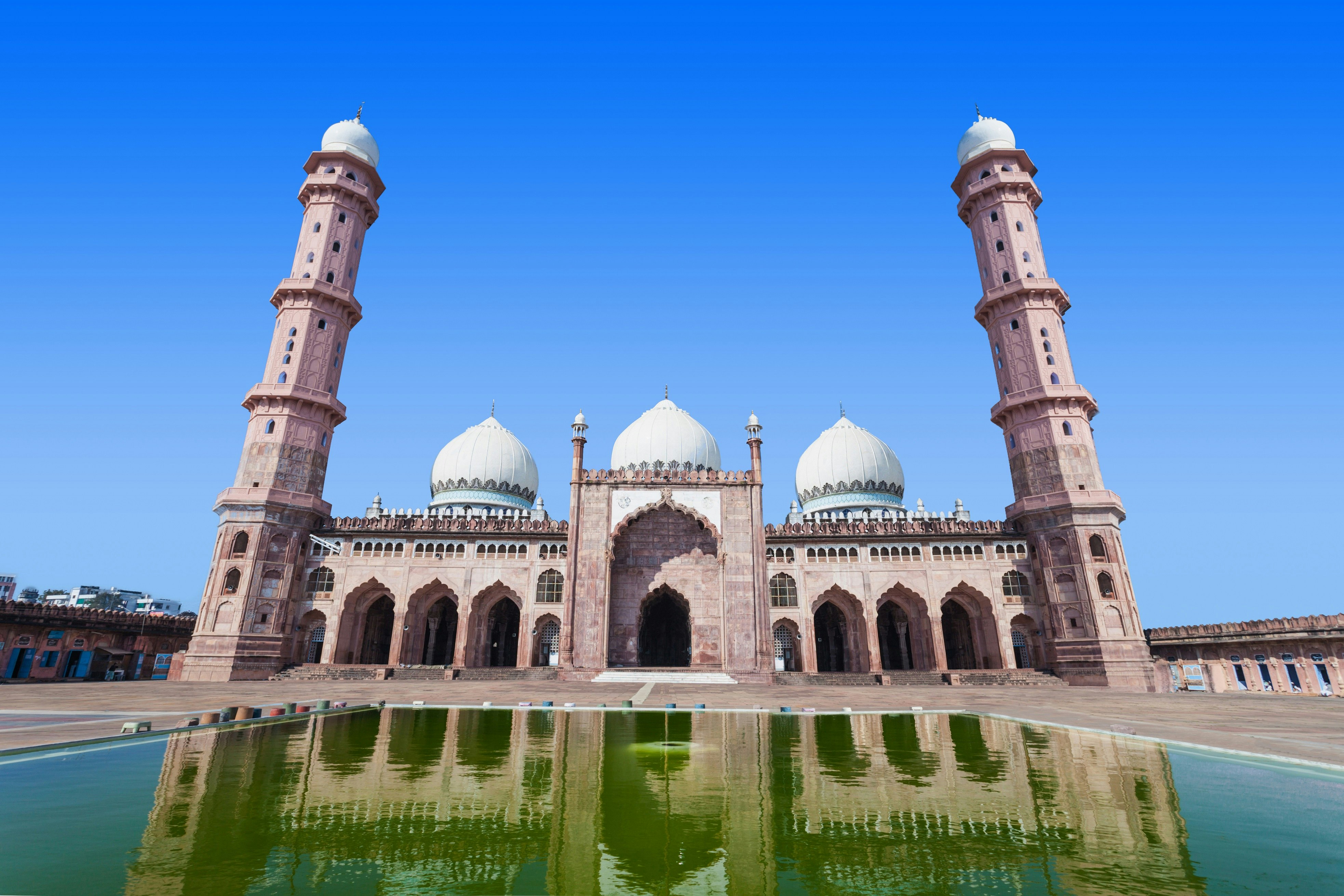
Taj-ul-Masjid, the largest mosque in India
By the time Bahadur Shah Zafar gained the throne in 1837, the Mughals were being squeezed from all sides by the British and by resurgent Hindu and Sikh kingdoms. When the axe finally fell, and Bahadur was driven from the Red Fort for his role in India’s 1857 uprising against colonial rule, the emperor was as much a figurehead as a general.
But the reign of the last Mughal emperor still left its mark, most notably in Bhopal, where the Taj-ul-Masjid rises dramatically above the waters of the palace-fringed Motia Talab tank. Constructed over a period of 57 years, starting in 1844, India’s largest mosque covers 250,000 sq ft (the area of three football pitches), lorded over by three gleaming onion domes and two sentry-like minarets.
Getting there: Flights buzz into Bhopal from Delhi, Mumbai and other northern cities, or you can zip here by bus or train. While you're in the area, swing by the Gauhar Mahal palace, another late-Mughal construction, and the nearby Jama Masjid mosque.
You might also like:
20 great things to do in Delhi
Where to get off the beaten track in India
India's most beautiful stepwells and how to visit them

